Persian Rice the most important part of Persian meal
Persian rice
Rice is a staple part of every Persian meal and is served variously in almost every Persian family. Gilan and Mazandaran are the main two provinces in the north of Iran that cultivate rice; and the best-known rice is “Sadri rice” from Gilan. This kind of rice is called differently in Iran (“Chelo” or “Polo”) based on how much it’s gotten steamed and what additional ingredients are used to make it. Although Chelo is the official name for plain rice, most people tend to call rice “Polo”. The standard white rice can be served with all kinds of stews (Khoresh), garnishes (nuts, dried fruits, vegetables, and meat incorporated into it), and kabobs.
But how to cook as Persians do? It’s very easy! Just imagine you’re making pasta with two additional steps: soaking and steaming. Don’t worry it’s not a big deal at all. You will learn all the different methods below. It may seem long that requires a lot of time, but it’s not. Once you cook your first Persian rice and learn the necessary tips, you can’t help but get addicted to this delicious and fancy meal. Give it two or three tries before jumping into a conclusion.
If you are eager to learn how to cook different Persian foods visit IRANWATCHING_FOODS.
Polo vs Chelo
Ok first let’s learn the difference between polo and chelo.
Polo is the rice mixed with other ingredients such as tomato, carrot, legumes, raisin, and so on in the process of cooking. It is called “Pilaf” in the west and is served with yogurt, vegetables, and onion. Shirin Polo, Lobia Polo, Bademjoon Polo, Istanbuli Polo, and Addas Polo are among the famous polos in Iran.
Chelo, on the other hand, is the kind of rice that is boiled and steamed without any additional ingredients (sometimes with infused saffron) and served separately with Khoresh or Kabob. You have two options when it comes to cooking Chelo: Kateh or Abkesh. They only differ in the process of cooking; the ingredients are the same.
Then what is Tahdig? Tahdig literally “bottom of the pot” is the crispy crust at the bottom of the rice, that can be a thin crust of slightly browned rice or a layer of bread, Lavash or Sangak bread (may substitute for flour tortilla), or even thin slices of peeled potato (my favorite!)
Do not mistake Tahdig for TAHCHIN! Tahchin means “arranged in the bottom” and usually has more than one layer, primarily consists of rice, yogurt, saffron, and eggs.
Careful! Some Persian rice, or other kinds of rice in general, have small stones so make sure to take them all out before washing the rice.
What is the best Chelo recipe?
Kateh
The easiest way to make Persian rice is kateh. The technique is the same if you want to make 2 cups of rice (I would not recommend using any less) or 6 cups of rice.
Place 4 cups of rice in a suitable pot and wash by moving the rice with your fingertips with enough changes of water so that the washing water runs a bit cleaner. The cloudiness is due to the starch, don’t try to remove it completely. Then drain and add 6 cups of fresh water (one fingertip above the rice), 1/3 tbsp of salt (add more or less up to your desire to make the water taste good), and a little butter or oil. put over high flame and after it boiled, reduce the heat and wait until the water evaporates. Dot the rice with 3-4 butter pieces, reduce the heat to low, cover the pot with a lid and leave it to cook for 20-30 minutes. If you like rice Tahdig (scorched rice), let it cook for 15 minutes more; then your Persian rice is ready to serve.
Abkesh
After washing the rice, add a few cups of water (one fingertip above the rice) and a tbsp of salt for every cup of rice. Set aside to soak for 1 to 8 hours (the more the better). Then drain the rice and wash with warm water several times to rinse out extra salt; since the rice is fragile on this stage do not use your fingers to wash it.
Place a large pot over high heat. Bring a few cups of water, 3 cups more than the rice cups, combined with lemon juice and salt to a boil. Add the drained rice with one small piece of butter or a few drops of olive oil. Stir once or twice until the rice pieces started to float on the water; it’s called "al dente" (when you bite a grain of rice it should still have a white dot in the middle). Strain and pour fresh water on it so that it won’t adhere. (you can save the water for soup or stew)
Wash the pot and spread oil over the bottom, place potato or bread for “tahdig”, then add the drained rice and dot it with butter so that it gets a better taste and aroma. Press some holes down into the rice using the handle of a long spoon. This will allow any steam to penetrate all the way through the rice, cooking it more evenly. Cover the pot with a kitchen towel secured to the lid. Place over low flame and leave it to cook.
How to cook Polo?
Add a checked and rinsed rice with a few cups of water (one fingertip above the rice) and enough salt into a suitable pot to soak for 1-2 hours. Then place the pot over high flame and add oil (olive oil preferably). After it started to boil reduce the heat. After 10 minutes check the rice if it was al dente (check the above), strain. Wash the pot and spread oil in the bottom, place something for tahdig, then add layer by layer rice and other ingredients based on the kind of polo you’re making (e.g. beans, lentils, …). Dot the rice with butter so that it gets a better aroma. Cover the pot with a kitchen towel secured to the lid. Place over low flame and leave it to cook.
- The amount of water you use to make your rice differ based on the kind of rice. Persian rice requires less water than Indian rice (basmati rice) does. The older the rice, the better the taste but it also needs double water. You’ll figure that out after some tries; don’t worry.
I did my best not to miss any point but if I did, I’ll be glad to hear it from you. Please share your experiences in the comments below.
Persian Rice - the most important part of Persian meal Persian Rice - the most important part of Persian meal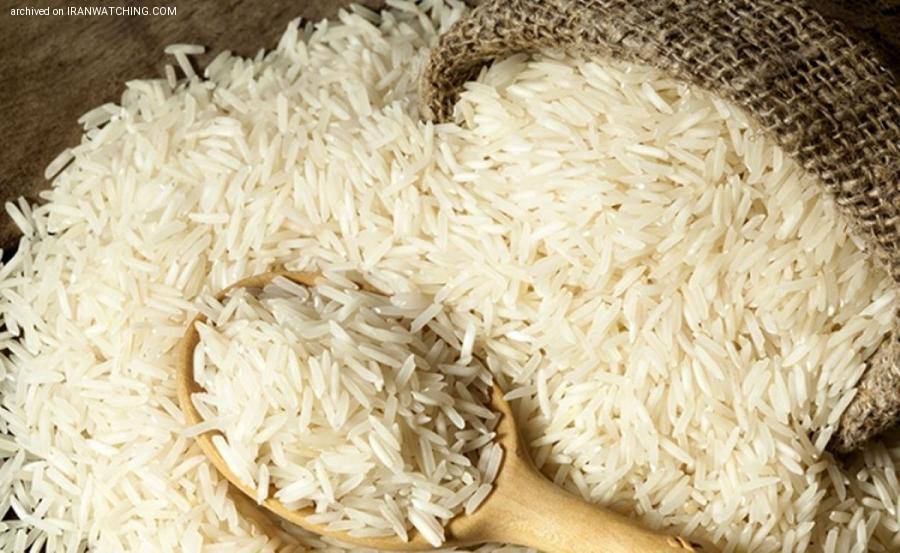 2020-07-06 16:29:00+3:30
2022-12-09 14:07:52+3:30
Rice is a staple part of every Persian meal and is served variously in almost every Persian family. Gilan and Mazandaran are the main two provinces in the north of Iran that cultivate rice; and the best-known rice is “Sadri rice” from Gilan. This kind of rice is called differently in Iran (“Chelo” or “Polo”) based on how much it’s gotten steamed and what additional ingredients are used to make it. Although Chelo is the official name for plain rice, most people tend to call rice “Polo”. The standard white rice can be served with all kinds of stews (Khoresh), garnishes (nuts, dried fruits, vegetables, and meat incorporated into it), and kabobs.
2020-07-06 16:29:00+3:30
2022-12-09 14:07:52+3:30
Rice is a staple part of every Persian meal and is served variously in almost every Persian family. Gilan and Mazandaran are the main two provinces in the north of Iran that cultivate rice; and the best-known rice is “Sadri rice” from Gilan. This kind of rice is called differently in Iran (“Chelo” or “Polo”) based on how much it’s gotten steamed and what additional ingredients are used to make it. Although Chelo is the official name for plain rice, most people tend to call rice “Polo”. The standard white rice can be served with all kinds of stews (Khoresh), garnishes (nuts, dried fruits, vegetables, and meat incorporated into it), and kabobs.
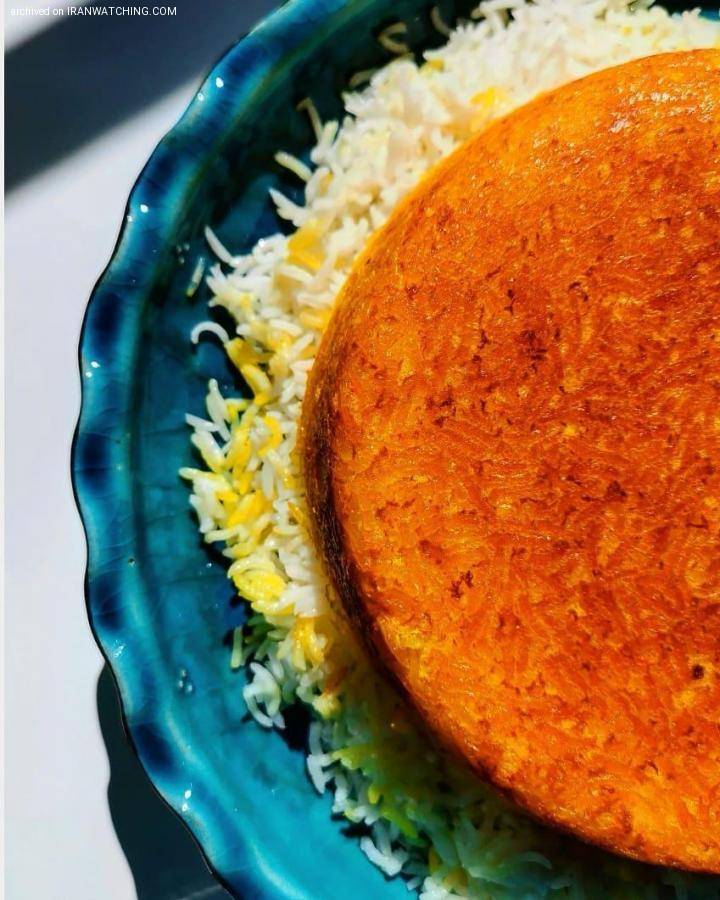
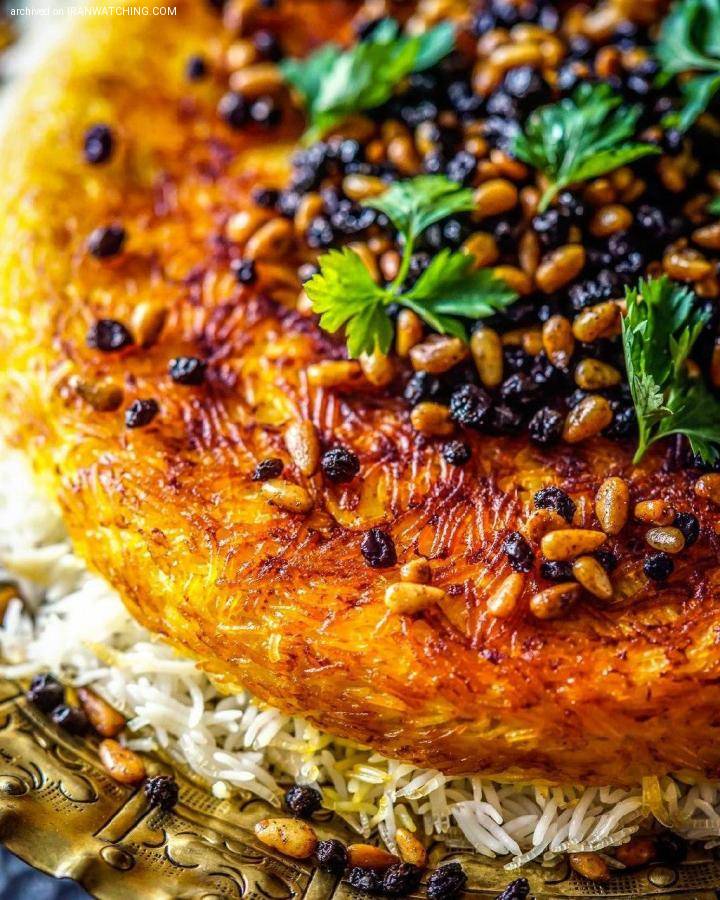
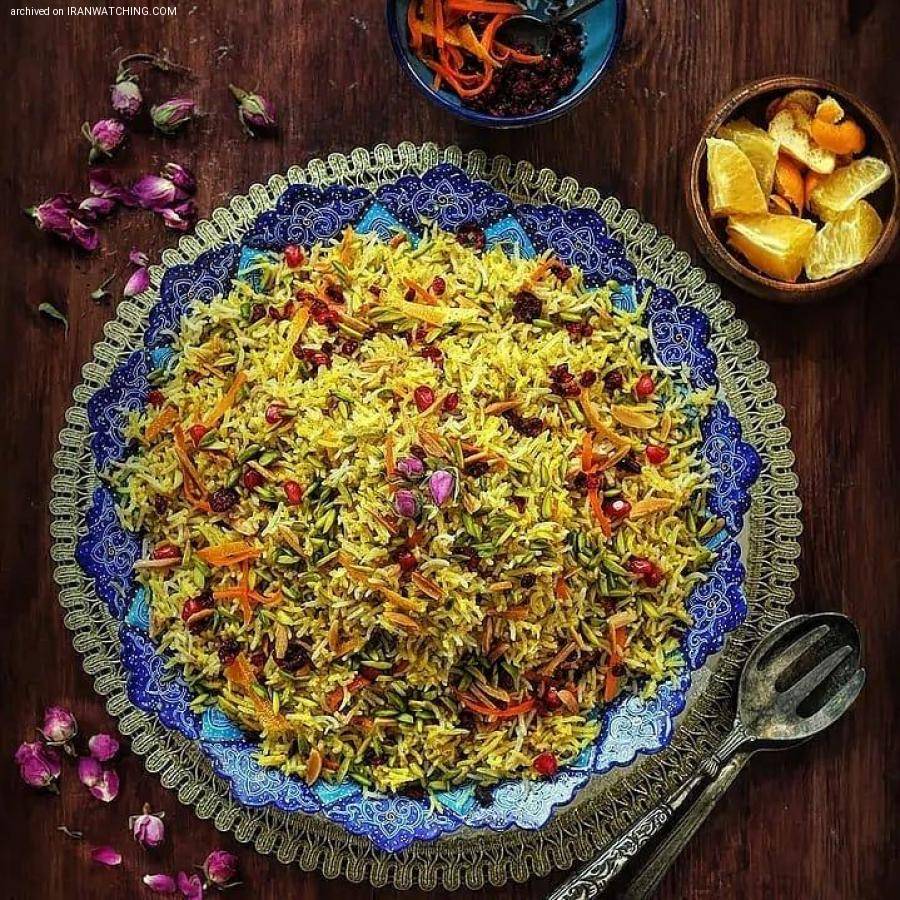
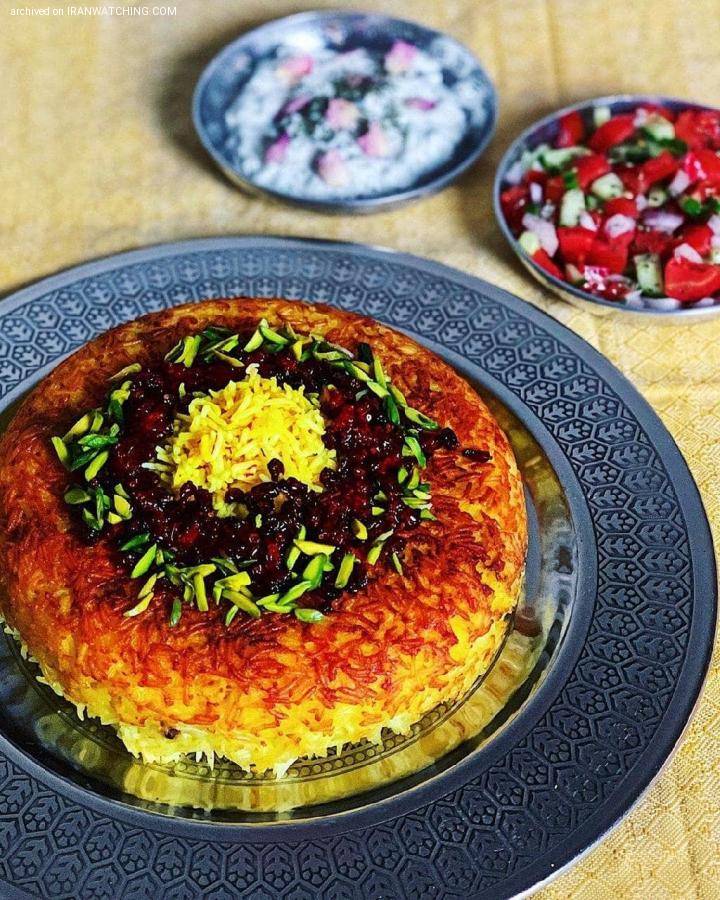 eyJpdiI6IkNZOXdKSy9USm5QL3JRYXBVWGVXSFE9PSIsInZhbHVlIjoiNnNHNElyT0czZEFuMGJLSUNlSHZ5QT09IiwibWFjIjoiMWYzY2Q4ZjM1ODYyNWM3YWNmMTIyMzE4YTNhNGY3NGYwZjU2MGUzYTQxYzVmY2ExNjVjMmE1ZDYzODZkZGY4MiIsInRhZyI6IiJ9 eyJpdiI6ImNSSW5pZ0I5VHlJc3A3U09VWFRZTWc9PSIsInZhbHVlIjoiM05NMUZtV0NQenFsOHFNWFRKUTJ0QT09IiwibWFjIjoiZTllZGE4NjhiY2YzNjEzYTI1MmIyY2RkZjEyNzI5NjdiZGQ3YzEzOTY5ZDk2NDZkZWZjNzk4YzI2N2M0MzdkNyIsInRhZyI6IiJ9
Author
info@yaldamedtour.com
/en/user-profile/10233
YaldaMedTour
Barajin Salamat Road
+98
Qazvin
Qazvin, Qazvin Province, Iran.
,
info@yaldamedtour.com
eyJpdiI6IkNZOXdKSy9USm5QL3JRYXBVWGVXSFE9PSIsInZhbHVlIjoiNnNHNElyT0czZEFuMGJLSUNlSHZ5QT09IiwibWFjIjoiMWYzY2Q4ZjM1ODYyNWM3YWNmMTIyMzE4YTNhNGY3NGYwZjU2MGUzYTQxYzVmY2ExNjVjMmE1ZDYzODZkZGY4MiIsInRhZyI6IiJ9 eyJpdiI6ImNSSW5pZ0I5VHlJc3A3U09VWFRZTWc9PSIsInZhbHVlIjoiM05NMUZtV0NQenFsOHFNWFRKUTJ0QT09IiwibWFjIjoiZTllZGE4NjhiY2YzNjEzYTI1MmIyY2RkZjEyNzI5NjdiZGQ3YzEzOTY5ZDk2NDZkZWZjNzk4YzI2N2M0MzdkNyIsInRhZyI6IiJ9
Author
info@yaldamedtour.com
/en/user-profile/10233
YaldaMedTour
Barajin Salamat Road
+98
Qazvin
Qazvin, Qazvin Province, Iran.
,
info@yaldamedtour.com
Copyright © 2026 To YaldaMedTour. All Rights Reserved.
![]()



